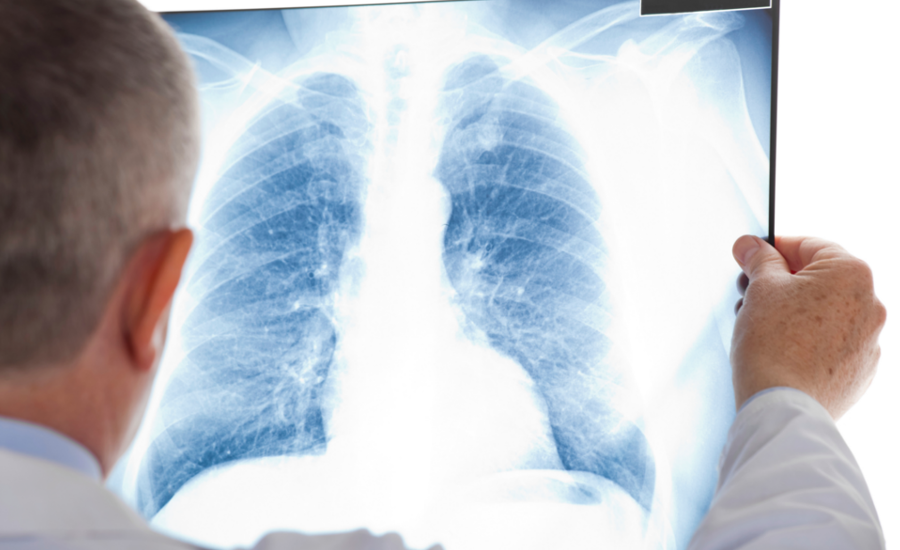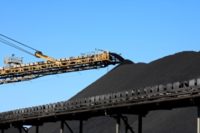Inside NIOSH:
Risk of mining-related lung disease varies by region, mine type, and safety observance

Credit: Getty Images
With the recent resurgence of the most severe form of black lung disease among coal miners, especially in central Appalachia, understanding and preventing exposure to the respirable, or inhalable, dust generated during the extraction of coal is paramount. Black lung is a form of pneumoconiosis, or scarring lung disease, caused by breathing in dust that can occur with exposure to respirable coal mine dust.
Understanding workplace factors that contribute to lung disease is complicated because symptoms of dust-induced lung disease often take years to become apparent. But in a first of its kind study, NIOSH investigators have taken a unique approach by looking at nearly two decades of information about compliance with health and safety regulations leading up to lung disease diagnoses among miners.
Mining companies are required by law to report work-related injuries and illnesses to the U.S. Department of Labor’s Mine Safety and Health Administration (MSHA), the enforcement agency for mining safety and health regulations. Additionally, MSHA keeps records on the enforcement of health and safety regulations in U.S. mines. Using publicly available information contained in MSHA’s injury and illness, enforcement, and employment databases, the investigators evaluated the relationship between compliance with federal health and safety regulations and lung disease diagnoses. This work provided a glimpse into the working environment, including health and safety practices, before mines reported a diagnosis of lung disease within their workforce.
The investigators looked at individual reports of lung disease in the MSHA injury and illness database between 2006 and 2015. From 8,165 mines, they found 730 reports, of which 662 were black lung reported from coal mines. By region, Appalachian mines accounted for the most, with 640 diagnoses. In contrast, 22 cases were reported in the western, southern, and north central regions combined, meaning that Appalachian miners were approximately 9 times more likely than miners from other regions to report lung disease, according to MSHA’s injury and illness database. Similarly, underground miners were approximately 3 times more likely than surface miners to report a diagnosis of lung disease.
Next, the investigators looked at the effects of safety and health enforcement from 1996-2005 on later cases of lung disease from 2006-2015. Focusing on regulations governing management practices and engineering controls, or tools, to control dust, they found that mines that did a better job of complying with these regulations were less likely to report cases of lung disease. The study’s findings underscore the importance of continued dust monitoring and consistent control techniques to prevent exposure among miners.
In addition to studying these critical areas, NIOSH administers the Coal Workers’ Health Surveillance Program, a federally mandated screening and surveillance program which provides chest X-rays and lung-function testing at no cost to eligible miners nationwide.
More information is available:
Looking for a reprint of this article?
From high-res PDFs to custom plaques, order your copy today!







